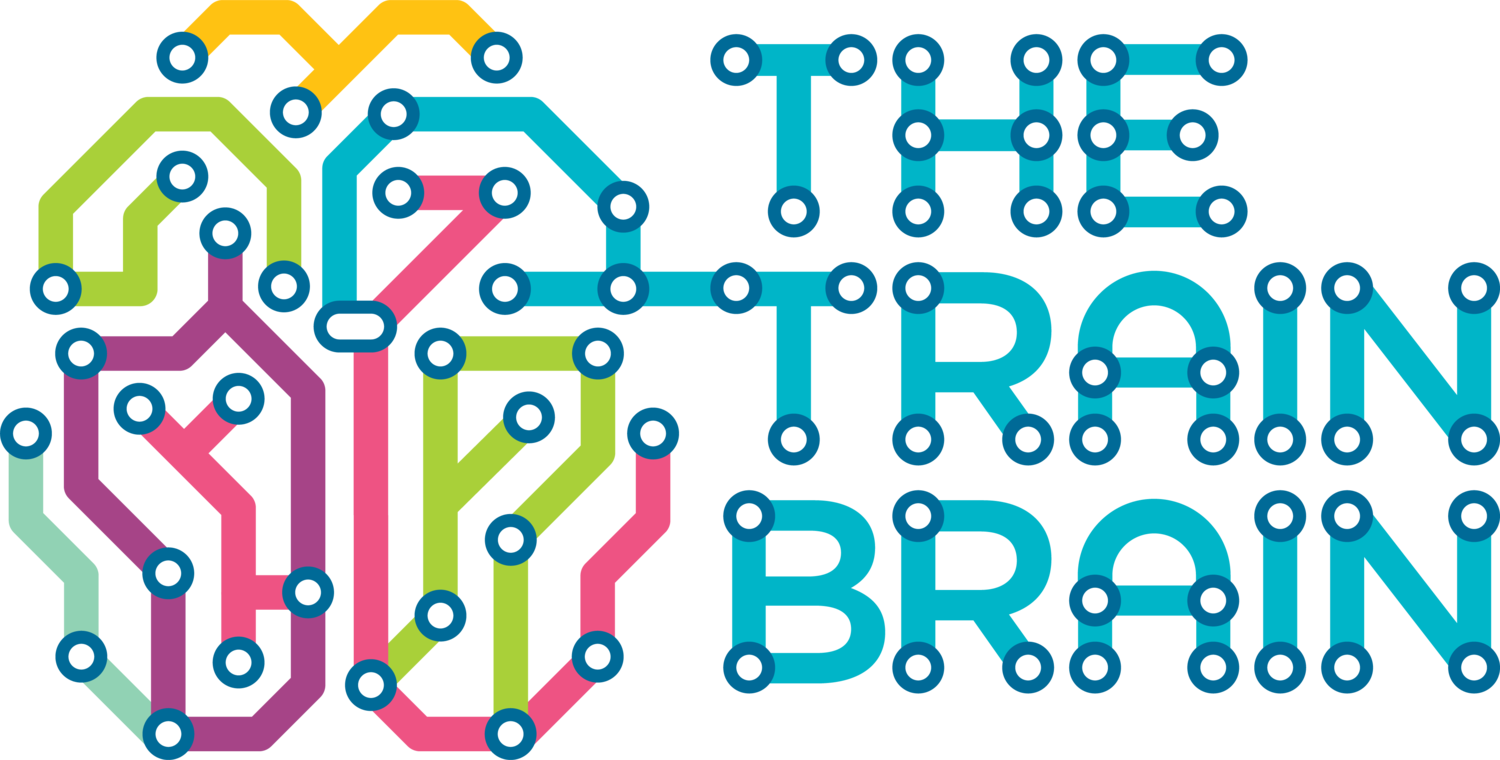Bus delay forecasting
The model that produces bus delay forecasts is a general model, in the sense that it is not built for any specific bus system. The same goes for our train delay model. This means that the models can easily be applied to different bus systems without any code needing to be rewritten. The only thing that needs to change is the input the model is given.
The model predicts risk of deviation from the time table
Buses in public transport operate very similarly to trains. The timetable is usually set yearly, the buses often have their own lanes (instead of tracks) and the system operates at maximum capacity during its peak.
This means that transit buses can be loosely described as closed systems. And if a closed traffic system operating at high capacity is to function it is necessary for vehicles to be at the planned location at the planned time. The system works we can stick to the plan. But many factors mean that the plan cannot be kept. We get variance in the outcome.
For buses, the variance in punctuality can be explained by a combination of the speed of an individual vehicle combined with the speed of all other buses. Our bus model combines historical speeds and current traffic speeds to estimate driving times between locations. It does not divide the partial distances, but calculates the entire distance and identifies where problems are likely to occur.


